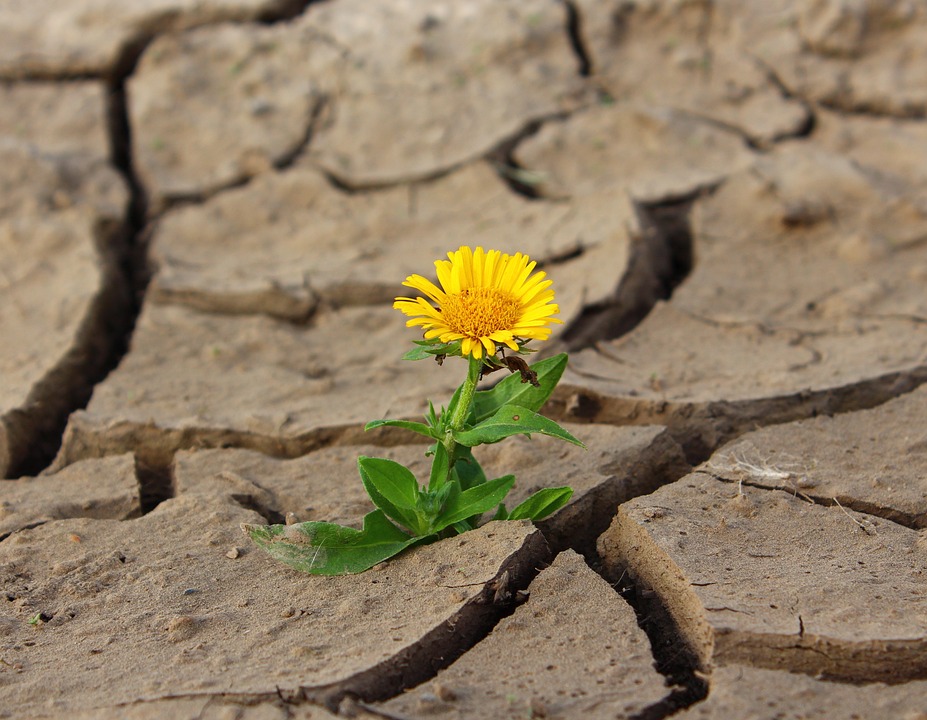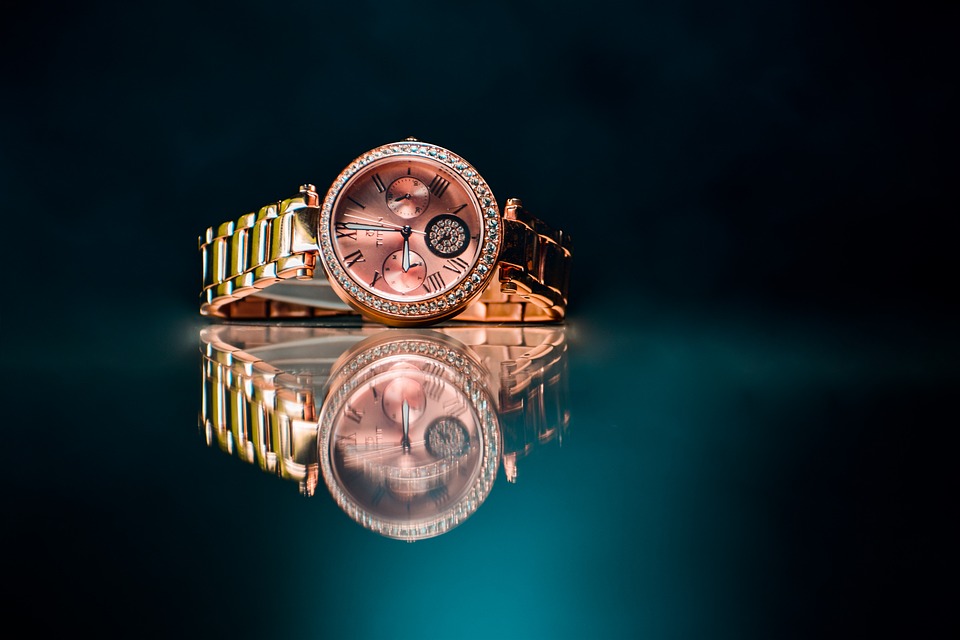Title: Life at Sea: Unbelievable Facts About Christopher Columbus’ Expeditions
Christopher Columbus’ voyages to the Americas are some of the most famous exploratory endeavors in history. They not only linked Europeans to the New World but also gave birth to an era of exploration and discovery that shaped the course of human civilization. The life at sea during Columbus’ time was full of challenges, hardship, and unimaginable experiences. This article takes a deeper look into the incredible journey undertaken by Columbus and his crew. Here’s an insight into the life at sea during the Age of Discovery with some intriguing facts and lesser-known details about Columbus’ voyages that will leave you astonished.
1. Columbus’ Vision
When Christopher Columbus set sail, his vision was not only to discover new lands but to find a shorter and faster route to Asia, especially the coveted spices. He believed that by sailing west, he would reach the Indies that consisted of present-day East Asia, a region that was rich in resources and treasures. His ambition drove him toward a quest that changed the course of history.
2. Naming the New World
Interestingly, Columbus didn’t realize he had stumbled upon a whole new continent. He fervently believed he had arrived in the Indies. It was only in later years that the true nature of his discovery was revealed.
3. Voyages and Ships
Columbus embarked on four voyages to the New World, beginning in 1492 on the legendary ship Santa Maria, supported by the Pinta and the Niña. These wooden ships were powered by sails, making navigation an impressive feat, especially considering the inaccuracies in mapping and the absence of modern technologies like GPS. The navigators relied on the sun, stars, and primitive compasses.
4. Scurvy and Hardship
Life on board was hardly a leisurely affair. Food was often limited, resulting in many sailors succumbing to scurvy, a disease that arose from vitamin C deficiency. However, not all was dire, as Columbus’ crew also had a diet of salted meat, hardtack biscuits, vinegar, and citrus fruit to ward off scurvy.
The image of Columbus’ ship is a popular representation of sea exploration in that era. Picture this – a three-masted, caravel-style ship set against the glistening blue ocean, sails billowing with the wind – the picture quickly transporting one back to the late15th century.
5. Navigational Tools and Risks
Navigational tools back then were miserably rudimentary. No maps were available for these uncharted waters, and the periodic use of compasses was common. Sailors spent days painstakingly studying celestial objects, hoping they’d find their way forward. The fear of Viking-like legendary monsters and sea beasts loomed large amongst the sailors, adding to the trials.
6. The Exchange of Goods
Once land was spotted, Columbus and his team exchanged beads and glass trinkets for gold and other valuables with indigenous people, paving the way for the ‘discovery’ trade.
7. The Talk about Torture
Sadly, the era was not devoid of brutality. Winner of glory and riches at Philippi venerated the era, but Columbus, in his quest for wealth and recognition, often resorted to harsh measures against the indigenous people. His initial entourage back to Spain boasted significant returns but was marked by brutal methods and cruelty.
FAQs:
a. How was the accommodation on board?
Answer: The cramped quarters on board were surprisingly clean with a wooden deck and a well in the center. Below were tiny cubicles for storing provisions.
b. What was the lifespan of the journey?
Answer: The first voyage took over three months. By comparison, the last one was quite eventful.
c. How did they navigate without modern equipment?
Answer: Mariners relied on stars, rudimentary maps, and primitive compasses to find their way.
d. How many crew members were there on the first voyage?
Answer: Columbus sailed with 90 crew members.
e. Did anyone survive the epidemics on these ships?
Answer: Yes, some did survive. However, most succumbed to scurvy and other diseases due to a lack of necessary medical supplies and hygiene.
Columbus’ notable and often brutal voyages offer a window to the rough, tumultuous era of sea exploration. While his adventures opened up the world, they simultaneously reveal the inhumane cost that comes with conquest and discovery. Nonetheless, this part of history was integral in shaping our understanding of the Earth and ignited the Age of Exploration, laying a foundation for future generations of explorers, researchers, and historians.
[Image: Iconic depictions of Columbus’ ships Santa Maria, Pinta, and Niña sailing out with the crew braving the stormy seas and unknown lands.]
(Graphic representation of Columbus’ voyage to the New World is attached here.]
In retrospect, Columbus’ expeditions demonstrate the fundamental human instinct to discover and understand the undiscovered world. The hardships endured in the name of exploration and what followed were indeed discomforting, but such episodes embody the grit and determination inherent in our race to expedite the knowledge about our surroundings.



